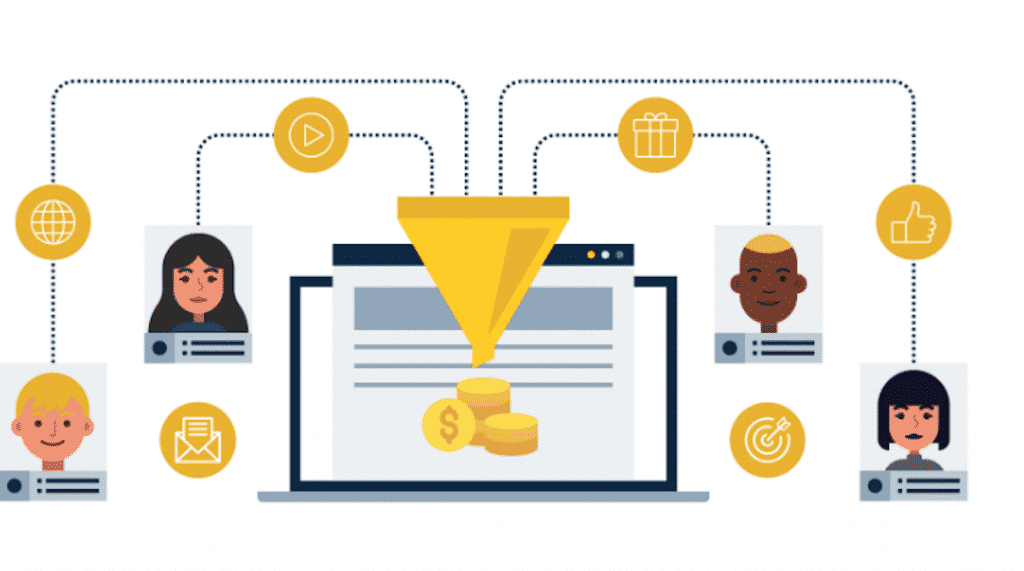Creating a sales funnel isn’t rocket science. Many businesses have incorporated it on their website, email, social media, etc.
Sales funnels act as a pipeline that connects businesses with their potential customers. However, you have to make sure that your funnel targets the right audience.
Stats have shown that businesses capturing the right user groups have improved their conversion rates by 300%.
Hence, you must build a funnel that attracts genuine leads and further converts them into sales.
What is An Effective Sales Funnel?
A sales funnel can be defined as your potential customers’ journey, from being aware of your product or service to purchasing it.
If your business is digitized, then the sales funnel can be simplified as; a journey from interacting with your website’s landing page to making a purchase.
A business sells a product or service, keeping in mind its customer’s budget and requirements. Still, 37% of marketers find difficulty looking for their right prospective customers.

Many times, people who land on your website might want your product, but they are hesitant to trust your brand.
To make sure that no such hurdles come in your sales funnel, you can adopt the value ladder concept.
This principle acts as a base for every sales funnel.
You can offer your customers free value-based material like selling a product on trial for an indicated period of time.
In DotCom Secrets, a book written by Russel Brunson, owner of ClickFunnels, explained how he spends over $2000 while going to free teeth-cleaning sessions.
“The dentist used to attract people with a free dental check-up and would further upscale it with a premium offer. Similar to this, your sales funnel should look for your potential client, offer them a product on a trial period, provide them astonishing help during that period, form a trustable relationship, and ultimately give you a sale.”
Understanding The Five Stages Of a Sales Funnel
1. Awareness
The primary stage of a sales funnel constitutes creating awareness about the brand. It is one of the most critical phases of building a sales funnel.
If you fail in this stage, you couldn’t make people looking for your service or product aware of your existence.
Hence, it does not matter how dedicatedly the further components are arranged.
To grab attention, you need to highlight your potential customers’ pain points. You have to make them realize the difficulties they have been facing and how effectively your brand can help them.
2. Interest
Now that you have made your potential customers aware of their problems, this is the time when they are ready to interact with your product to get the solution.
At this stage, you need to tell them about your offer and focus on the value tree.
People in this stage are mostly warm leads who need your product and have already recognized their problem. There is a high possibility that these people will move to the next stage. However, you have to make sure this journey is extremely interactive, engaging, and convincing.
3. Desire
At this point, your potential customer knows your product but will further evaluate its functionalities with other options available.
You have to convince people in this stage to buy your product and tell them what it can do for them. Additionally, do try to show them why you are better than your competitors.
Another tip would be to create a landing page that acts as a one-stop answer for every question of your prospect. So, your customer will get to know everything about your product they want.
Graphics can visually appeal to the customer, explaining your concepts and functionality. Therefore, you can present your ideas and content through infographics too.
4. Action
In this stage, your potential customers have evaluated your product or service with other competitors and are now ready to take action.
You can mention time-limited offers that are only available if they shop at that time, creating a sense of urgency.
Establishing scarcity can increase your transaction-to-click rate by 59%.
However, do make sure that you do not overcomplicate things by asking unnecessary questions; this can scare away your customer.
Step-By-Step Process To Build A Lead Generating Sales Funnel
1. Create an Astounding Landing Page
A landing page is the first page your client interacts with to get your brand’s gist. It is crucial to integrate additional personalized elements to encourage potential customers to trust its services.
You can add customer testimonial videos, infographics, product pictures to grab the visitors’ attention.
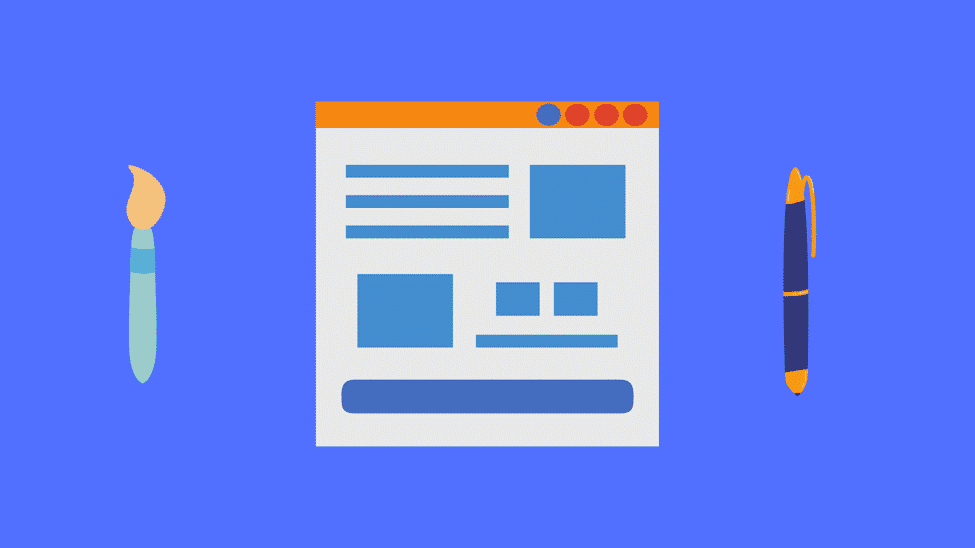
Landing pages plays a crucial role in attracting your prospectus. It must have all the essential elements and information to ensure that the reader won’t have to struggle for the same.
The landing page must have a balance of informative content and marketing elements.
Researches have shown that 95% of people choose a brand that provides them sufficient content to make the right decision.
2. Bring People To Your Landing Page
The next most significant challenge you will face as a marketer is to bring potential customers to your landing page. A higher engagement rate is essential for higher conversion and sales.
You can adopt multiple ways to get high-end clients on your landing page.
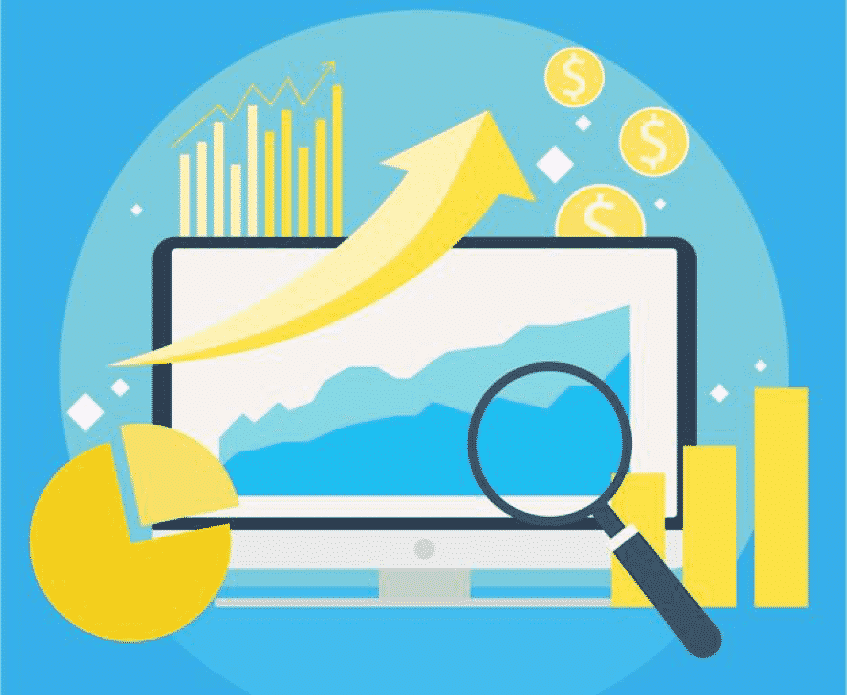
Here are some of them:
- Social Media: Over 3.96 Billion people actively use social media. Your target is to look where your potential client could be.
You can join various Facebook or Instagram groups to understand its logic. Another way could be to post valuable content that establishes you as an expert.
- Content Marketing: The most organic way to reach potential buyers is by posting blogs or articles online.
You can accelerate this process by contacting fellow website owners to publish content and ask them to review your product.
- Google PPC Campaign: Google PPC campaigns can easily direct people looking for your product or service to your website.
These pay-per-click ads campaigns can be initiated on other search engines as well to bring more potential customers to your website.
3. Collect The Email Address Of Your Potential Customers
Building a sales funnel without collecting your potential customers’ email addresses is wasting its existence.
If you have the most efficient and effective marketing funnel, there will be people who will walk out and not buy your offer. It can be because of multiple reasons. Maybe, they are not ready to make a purchase, or they are still on the fence about whether to buy your product / service or not.
Humans usually need to listen about a brand three-four times before making up their mind for the purchase.
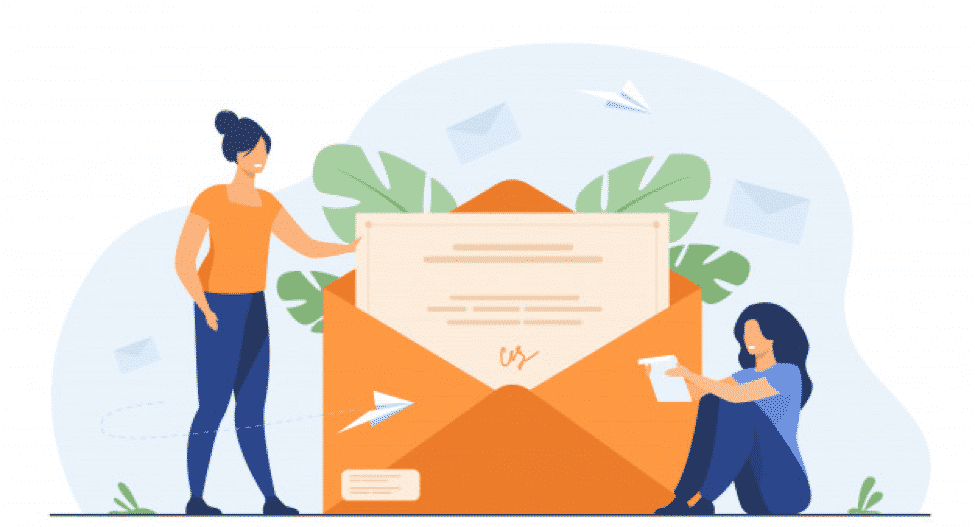
You can do this by sending personalized emails to your prospective buyer. Make sure to not fluff it with marketing tactics.
Sending emails with too much advertorial content can irritate the receiver and make them click the unsubscribe button.
You have to be wise enough and follow the principle of 80/20, where your email content must have 80% value and 20% of the marketing stuff. Place yourself as an expert rather than just a seller trying to sell.
4. Launch A Drip Campaign
As the name suggests, drip campaigns refer to timely send value-integrated content to establish a strong relationship with your customers. The drip mails’ opening rate is 80% higher than usual, meaning they can provide you an increase of 20% in sales if leads are appropriately nurtured.
So, to begin with a drip campaign, you will first need to create an email list. And after you are done with creating an email list, the next thing that you can do is arrange for automated, targeted emails — known as autoresponders — to be sent to your potential customers.
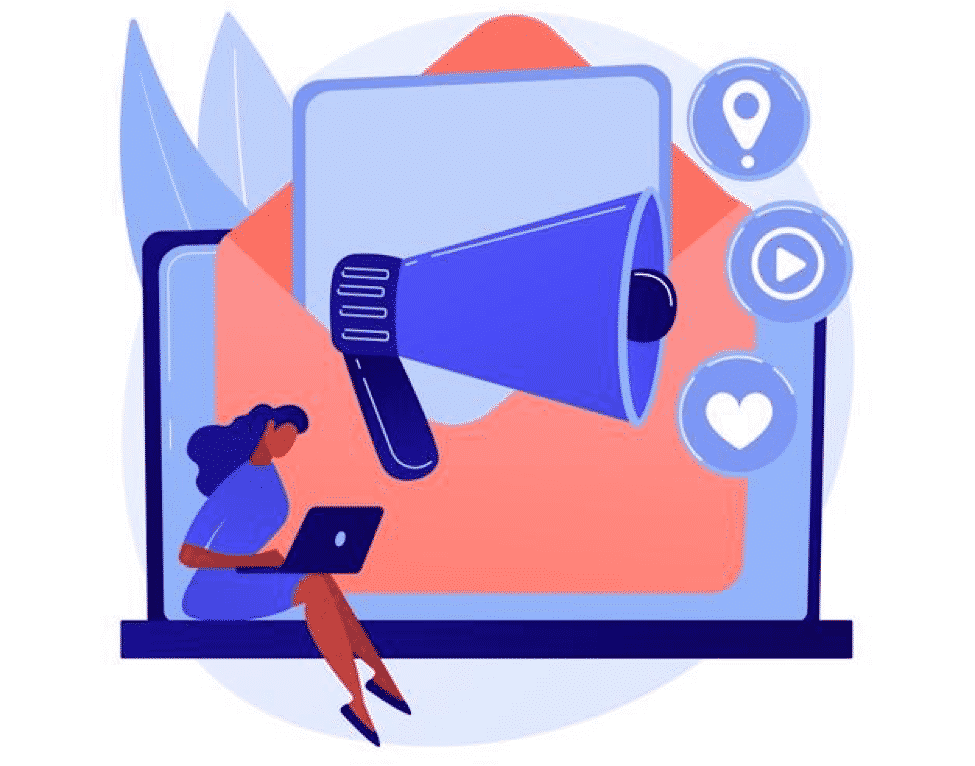
Here is a simple 4-day email suggestion you can use to test the convertibility of your drip campaign:
1. Start With Sending A Welcome Email: These are the first email sent to your leads, and they have the highest opening rate among others. So include the most crucial information about your product or service and thank them for subscribing your newsletter.
2. Engage Your Audience With A Freebie: The next day, you could send them a pdf or ebook that talks explicitly about their problem.
It can be of a lot of help as readers may already be concerned about their problem and are looking for a solution. Hence, may find your product or service as the perfect solution to the same.
3. Send Customer Testimonials: Your readers in this stage are now self-aware and are planning to buy a solution to their problem.
It can be the perfect time to pitch them with customer testimonials as it can boost their confidence in your offer and hence excite them to buy.
4. End With A Strong Marketing Copy: Here, tell them how useful your product is and create urgency to buy it within an offer for a specified timeline.
After the campaign, analyze how many people did not convert. You can send them an email elaborating about your product or service trying to get more conversion.
Conclusion
As Bill Gates has quoted, “If your business is not on the internet, then your business will be out of business.” So, for an online business to effectively generate sales, you need an integrated sales funnel. We hope this article helped you to give a fair understanding of how to build a digital sales funnel.

